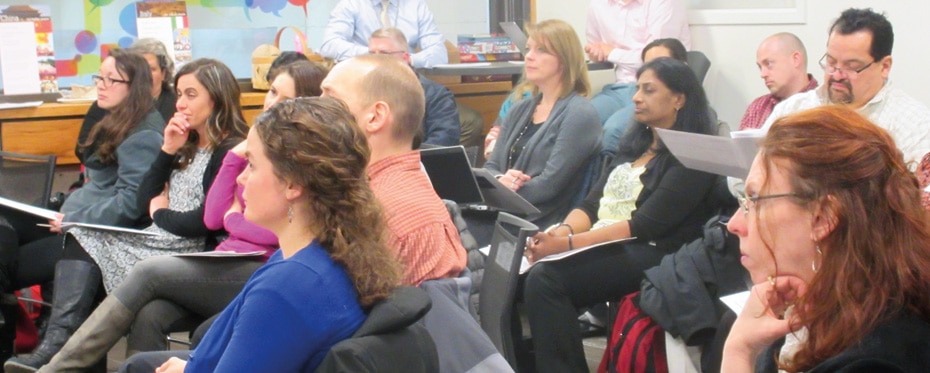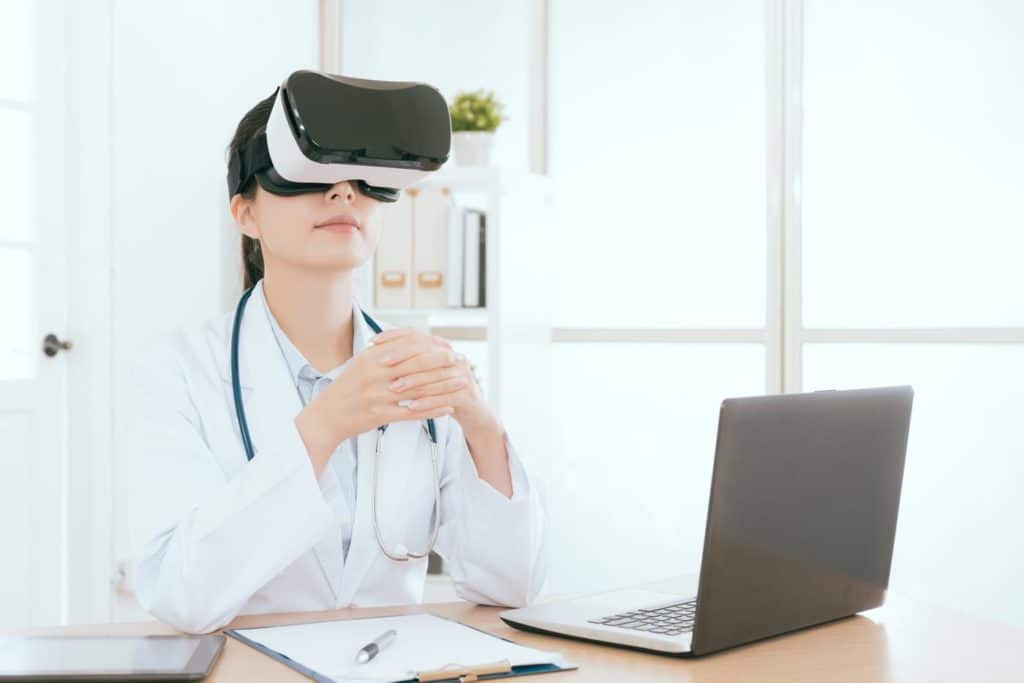Tag: engineering
Iridescent: Disrupting the classroom for the better

The education system has struggled to keep up with the constant evolution of technology. Iridescent, a global non-profit organisation, is revolutionising education by providing programmes that empower underserved children through technology and engineering. With a special focus on underrepresented young girls, Iridescent challenges the negative myths surrounding AI and uses technology to inspire children to become innovators. Research Outreach spoke […]
Read More… from Iridescent: Disrupting the classroom for the better
Engineering the future: How the WE@RIT programme is encouraging more women into the sector

The Kate Gleason College of Engineering at Rochester Institute of Technology (RIT) is the only engineering college in the United States to be named solely after a woman engineer. Inspired by Kate Gleason’s legacy as an innovative and entrepreneurial scholar, the Women in Engineering at RIT (WE@RIT) programme was initiated by Professor of Mechanical Engineering Margaret Bailey in 2003. Since […]
Virtual navigation exposes the reality of Alzheimer’s disease onset

Prof Zahra Moussavi from the Faculty of Engineering at the University of Manitoba in Canada has developed a novel method of assessing patients for Alzheimer’s disease. Using a virtual reality environment to measure spatial awareness, she has shown key differences between control and patient groups, leading to pilot studies for effective early treatment. Prof Zahra Moussavi became interested in early […]
Read More… from Virtual navigation exposes the reality of Alzheimer’s disease onset
From ears to engineering

Sometimes the solutions to engineering questions have already been answered – by animals! Rather than ‘reinvent the wheel,’ therefore, Professor James Windmill and his lab team at the University of Strathclyde choose to learn from some of the remarkable feats of engineering found in the natural world. In particular, his research focuses on using ideas from insect hearing to develop […]